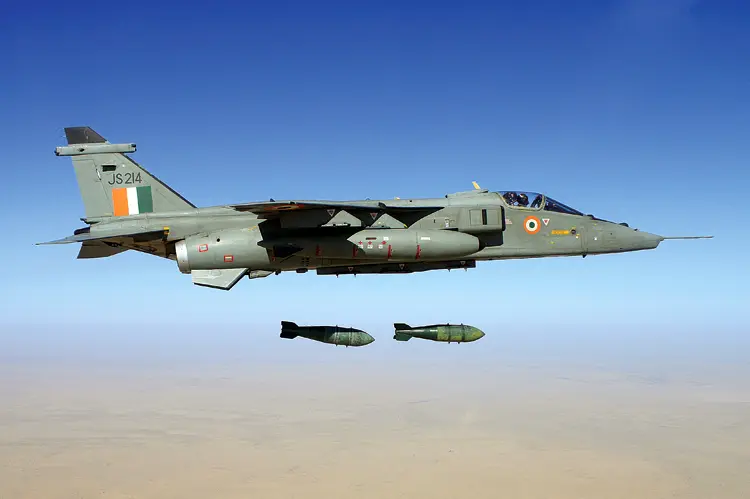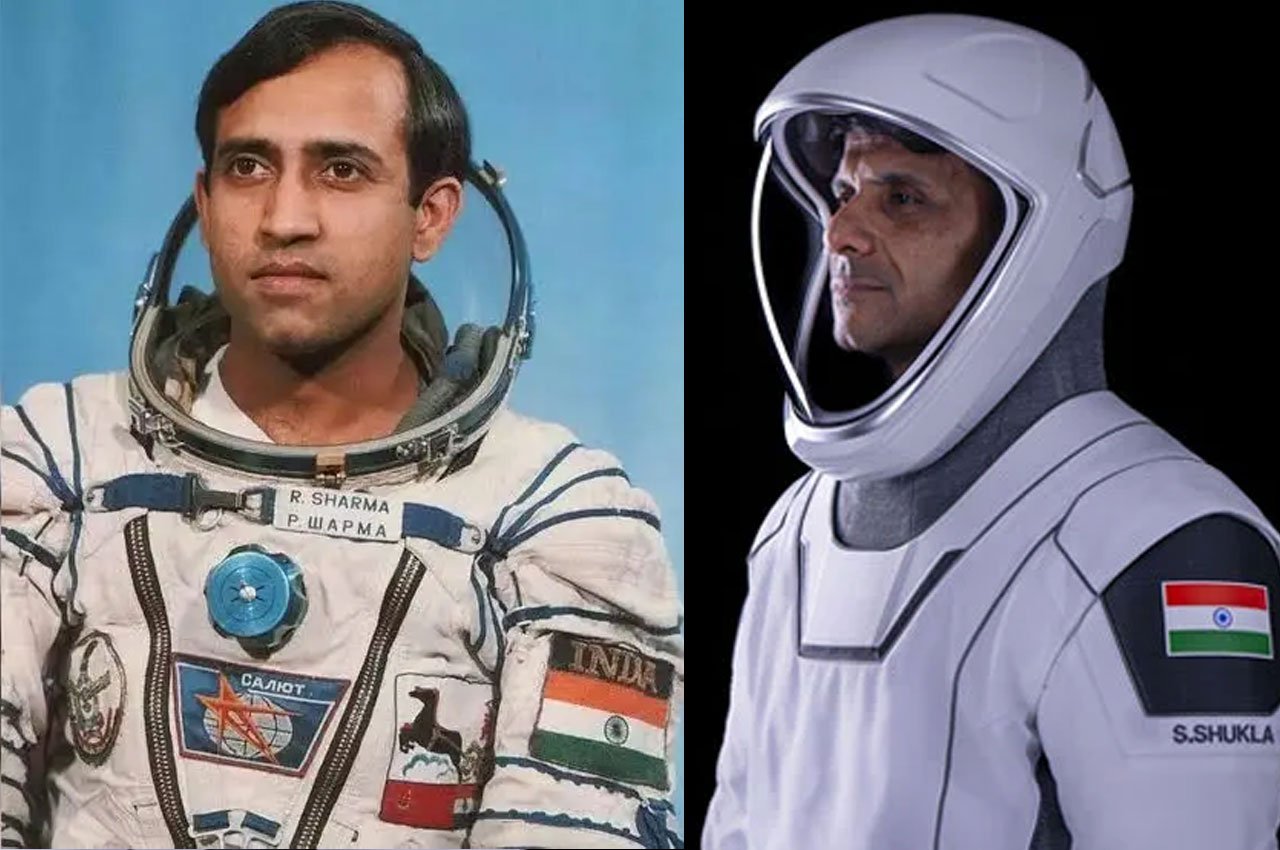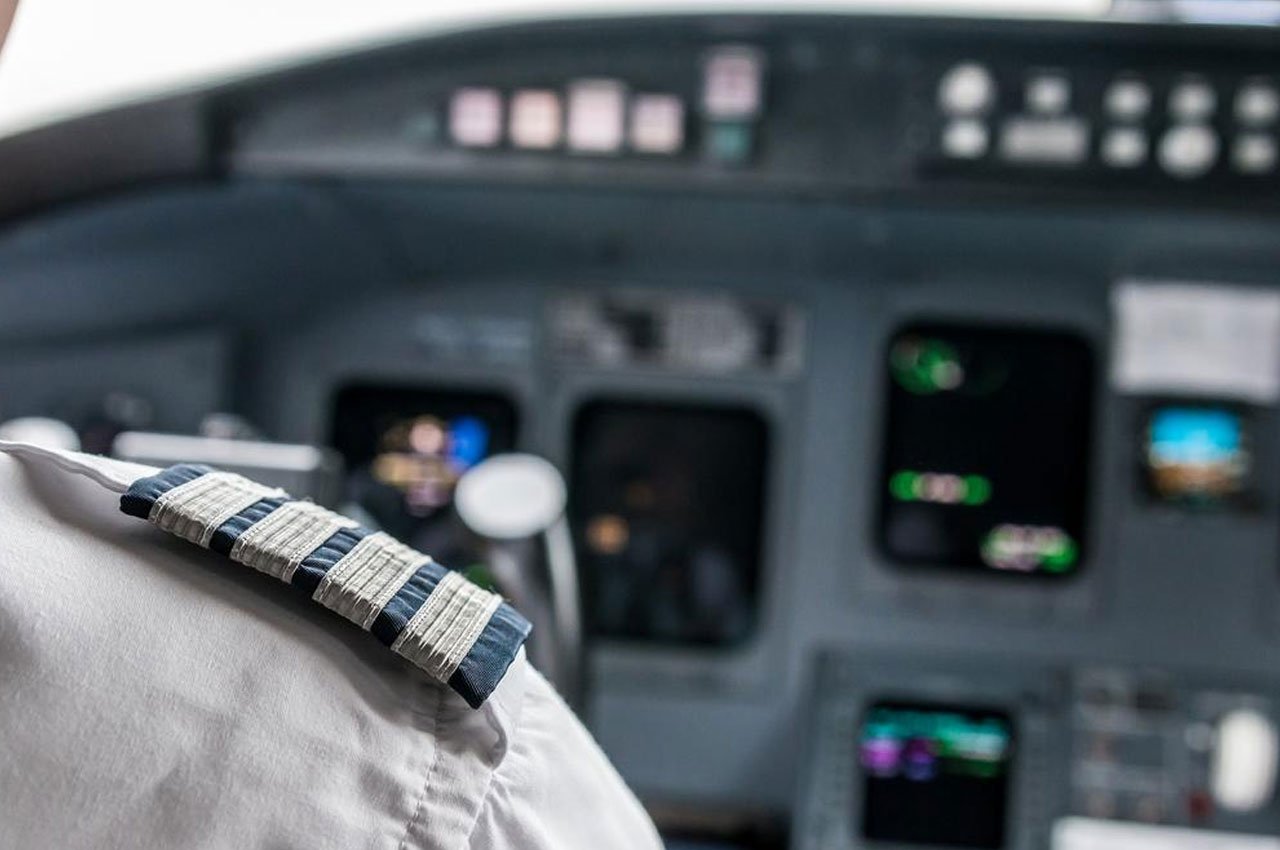The tragic crash of an Indian Air Force (IAF) Jaguar fighter jet in Rajasthan’s Churu district on July 9, which claimed the lives of two experienced pilots, is more than just a somber footnote in India’s aviation history. It is the latest in a growing list of alarming incidents involving the ageing Jaguar fleet, raising serious questions about operational safety, delayed modernisation, and institutional inertia. This is not an isolated accident – it is a symptom of a deeper malaise.
A Pattern Too Familiar
The Jaguar, inducted into the Indian Air Force in 1979, was once the pride of India’s deep-strike and ground-attack capabilities. Designed jointly by Britain and France, it served admirably for decades. However, more than 45 years later, the platform is well past its prime. In just the last few months, there have been multiple Jaguar-related incidents, including fatal crashes in Gujarat and Haryana. Nearly 50 Jaguar crashes have been recorded since their induction, leading to the loss of dozens of lives and expensive assets.
The aircraft’s reliability has come under increasing scrutiny. Much of the fleet continues to operate on outdated Rolls-Royce Adour engines, which have long been flagged for insufficient thrust and performance inefficiencies. Despite attempts to modernise the aircraft with upgraded avionics and radar systems under the DARIN-III program, the core mechanical issues remain unresolved.
The Cost of Delayed Modernisation
India has ambitious plans for air power modernisation, including the induction of the indigenously developed Tejas fighter jets and foreign-origin multi-role aircraft under the MRFA program. Yet, delays in procurement, production bottlenecks, and bureaucratic hurdles have forced the IAF to stretch the life of its legacy fleets—particularly Jaguars. The now-cancelled plan to retrofit Jaguars with new Honeywell engines was a missed opportunity that might have extended the aircraft’s operational life with greater safety.
While upgradation programs have kept the Jaguars barely airworthy, the question remains: at what cost? The men and women flying these jets put their lives on the line, often knowing the risks posed by old airframes and parts that are either refurbished or cannibalised from grounded jets. These are not acceptable conditions for any modern fighting force, let alone one that aspires to be among the world’s best.
When Tradition Becomes Liability
The IAF’s culture of discipline, resilience, and resourcefulness is commendable. But there comes a point when tradition and tenacity can turn into systemic complacency. Continuing to fly platforms that most other air forces retired decades ago cannot be justified as cost-saving or strategic patience. It signals stagnation. The risk to pilot lives, mission readiness, and public confidence outweighs any residual value the Jaguar platform might still offer.
Moreover, it erodes morale. Every crash chips away at the confidence of younger officers, training cadets, and technical staff who are expected to maintain outdated systems under mounting pressure. It also sends a worrying message internationally about the state of India’s air power preparedness, particularly in a region where geopolitical tensions demand constant vigilance and credible deterrence.
A Need for Institutional Accountability
It is not enough to merely order a Court of Inquiry after each crash and move on. What is needed is institutional honesty. Are we flying Jaguars because we truly believe they serve a combat purpose – or because we have no choice? If the latter is true, that itself is an indictment of policy paralysis. Operational readiness should never come at the cost of lives.
An internal audit of legacy fleets must be undertaken, not just for Jaguars but also for other ageing platforms that continue to serve in critical roles. Simultaneously, the pace of modernisation – whether through indigenous development or international collaboration – must be dramatically accelerated. If HAL’s Tejas Mk1A is to be the replacement, its induction timeline must be reviewed and fast-tracked. Budgetary allocations, private-sector partnerships, and regulatory clearances need to align in support of this shift.
The Way Forward
It is time to retire the sentiment that old warriors must serve till the end. The Jaguar served India well, but now, its time is up. The IAF cannot be expected to win tomorrow’s wars with yesterday’s machines. The government must view this not as a one-off tragedy but as a final warning – a clear signal that operational reforms, fleet upgrades, and safety audits can no longer be pushed down the runway.
Behind every crash report lies a human story – of courage, of sacrifice, and of duty. To truly honour those stories, we must act decisively. Offering tributes is not enough. Preventing the next tragedy is the real tribute.
Photo Credit: IAF
For more opinions click here
Follow us for latest updates:




